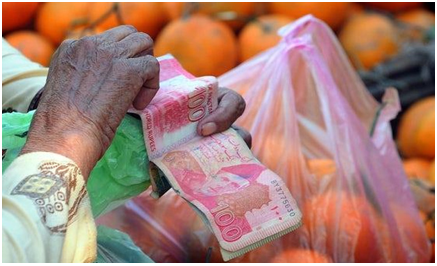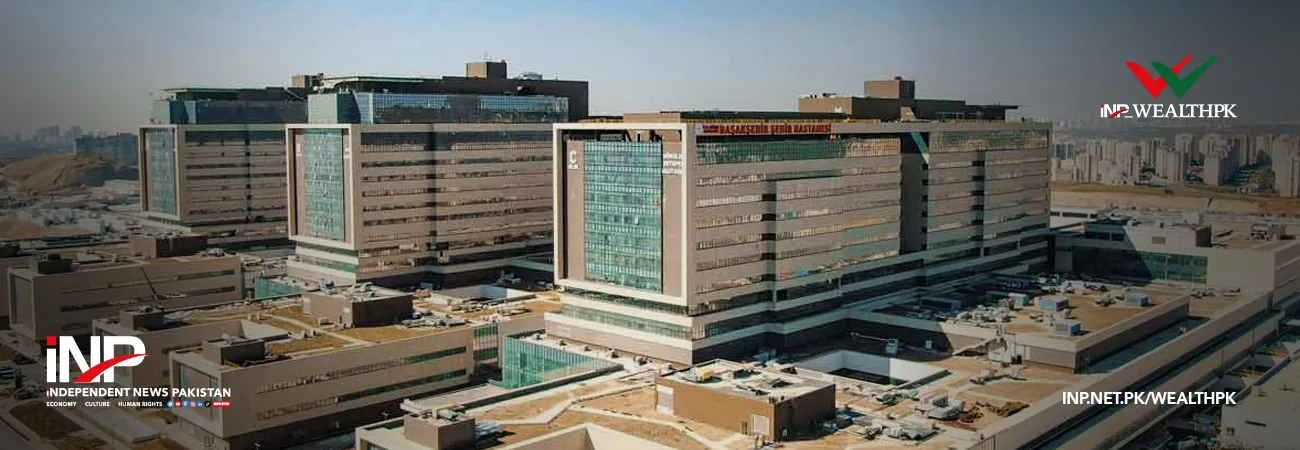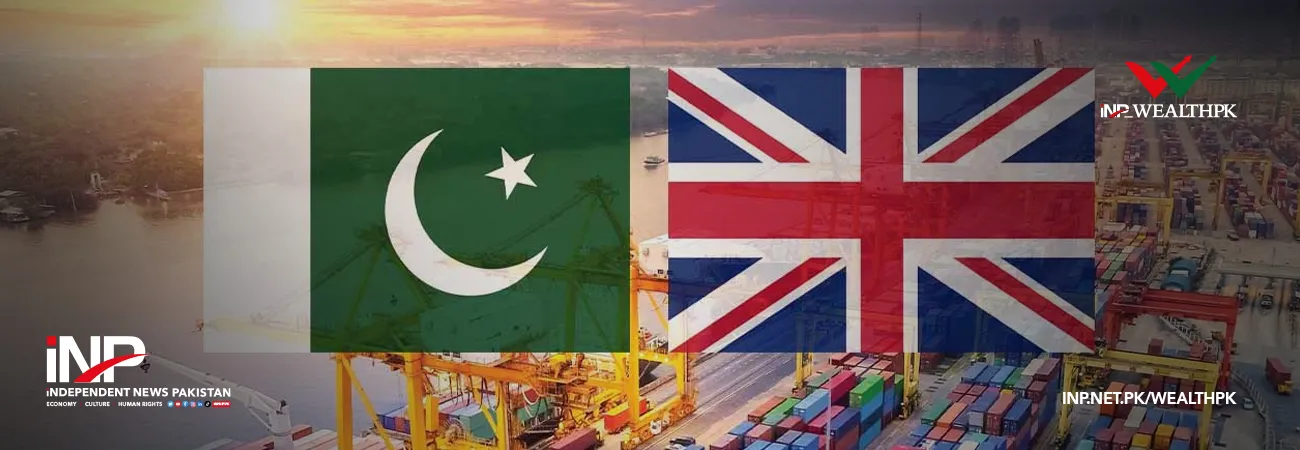INP-WealthPk
Moaaz Manzoor
Despite a downward revision in growth, the IMF’s improved outlook on inflation and external stability underscores cautious optimism, but sustained reforms and investor confidence remain key, reports WealthPK.

In its April 2025 World Economic Outlook, the IMF revised Pakistan’s FY25 growth projection from 3% to 2.6%, which is below the government’s target of 3.6%. The IMF also revised inflation down to 5.1% and sharply narrowed the current account deficit forecast, citing global trade uncertainties and local structural bottlenecks.
Speaking with WealthPK, Muhammad Bilal Ejaz, research analyst at Ismail Iqbal Securities (Pvt) Limited, said Pakistan’s real GDP growth for FY25 is likely to range between 2.5% and 3.5%. He cited a subdued first-half performance, where real GDP grew by just 1.5%, driven by modest gains in services and agriculture, and a decline in large-scale manufacturing (LSM).
“Agriculture’s weaker output this year reflects reduced farm incomes following a rollback of the crop support price system,” he explained. This, combined with tight monetary conditions, fiscal consolidation, and structural weaknesses such as low productivity and weak investment, continues to restrain economic momentum.
He further warned that without a significant pickup in private sector confidence, investment and exports, achieving the government’s growth target will be difficult. Bilal also pointed out that the core policy challenge remains: how to accelerate growth without reigniting inflationary or external account pressures. Komal Kenneth Shakeel, senior economist at Reenergia, told WealthPK that revising growth estimates is common during the stabilization phases and should not detract from the progress made on inflation and external accounts.
“The key is not to celebrate early wins prematurely,” she noted, stressing that sustained reforms that simplify regulatory frameworks and improve the investment climate will determine whether long-term goals are achievable. Komal emphasized that domestic investor confidence remains a vital growth barometer, and if it strengthens, foreign investment and broader economic expansion can follow.
She added that reducing the mental and regulatory burden on businesses will be crucial for realizing even near-term growth targets. While the government is actively pursuing reforms in taxation, state-owned enterprises, and debt management, the delicate balance between macroeconomic stability and sustainable growth remains a key challenge. Pakistan’s improving macroeconomic indicators are promising, but the low growth trajectory underscores the structural challenges that remain unresolved.
Credit: INP-WealthPk













